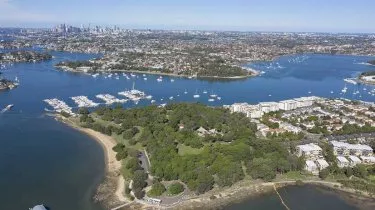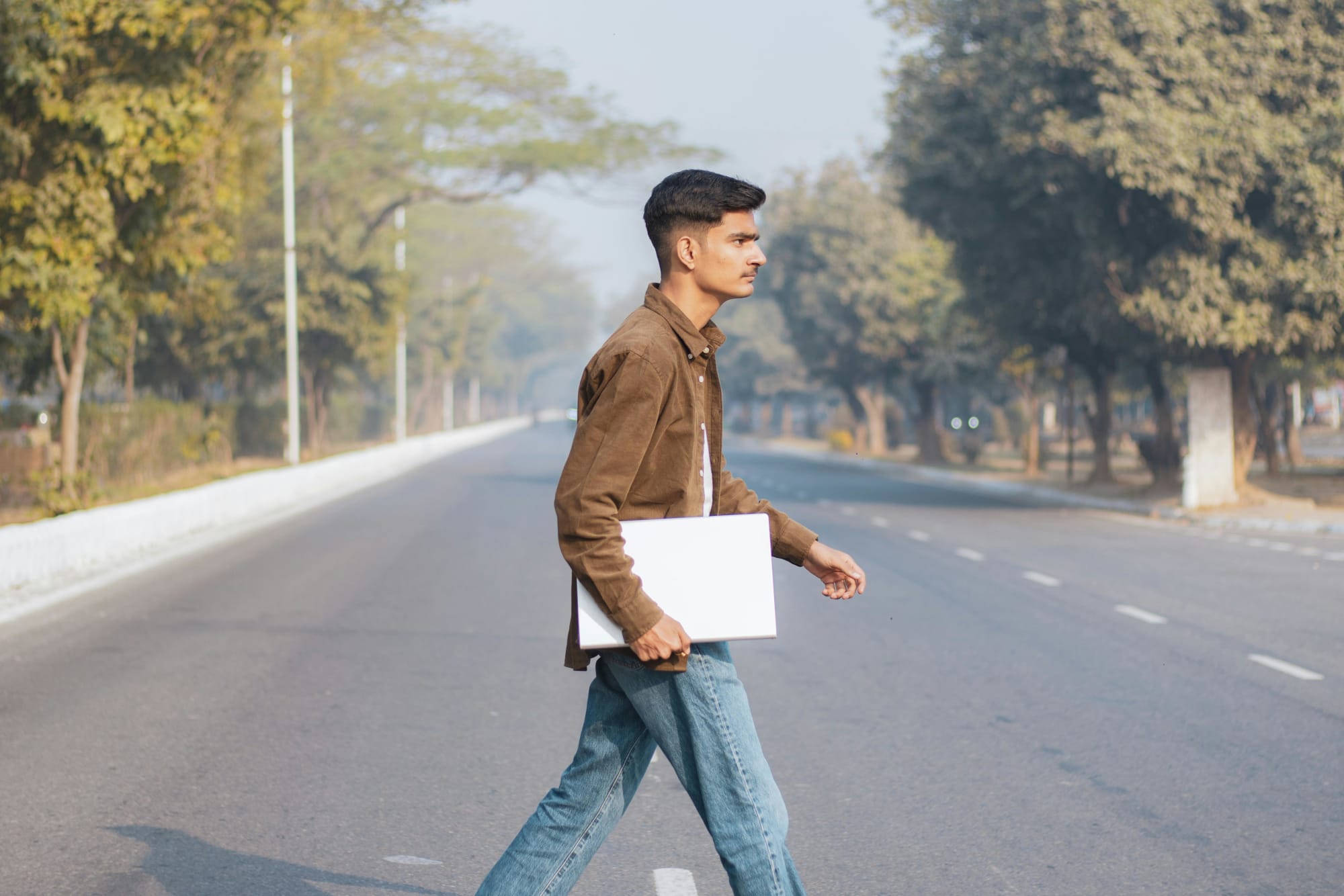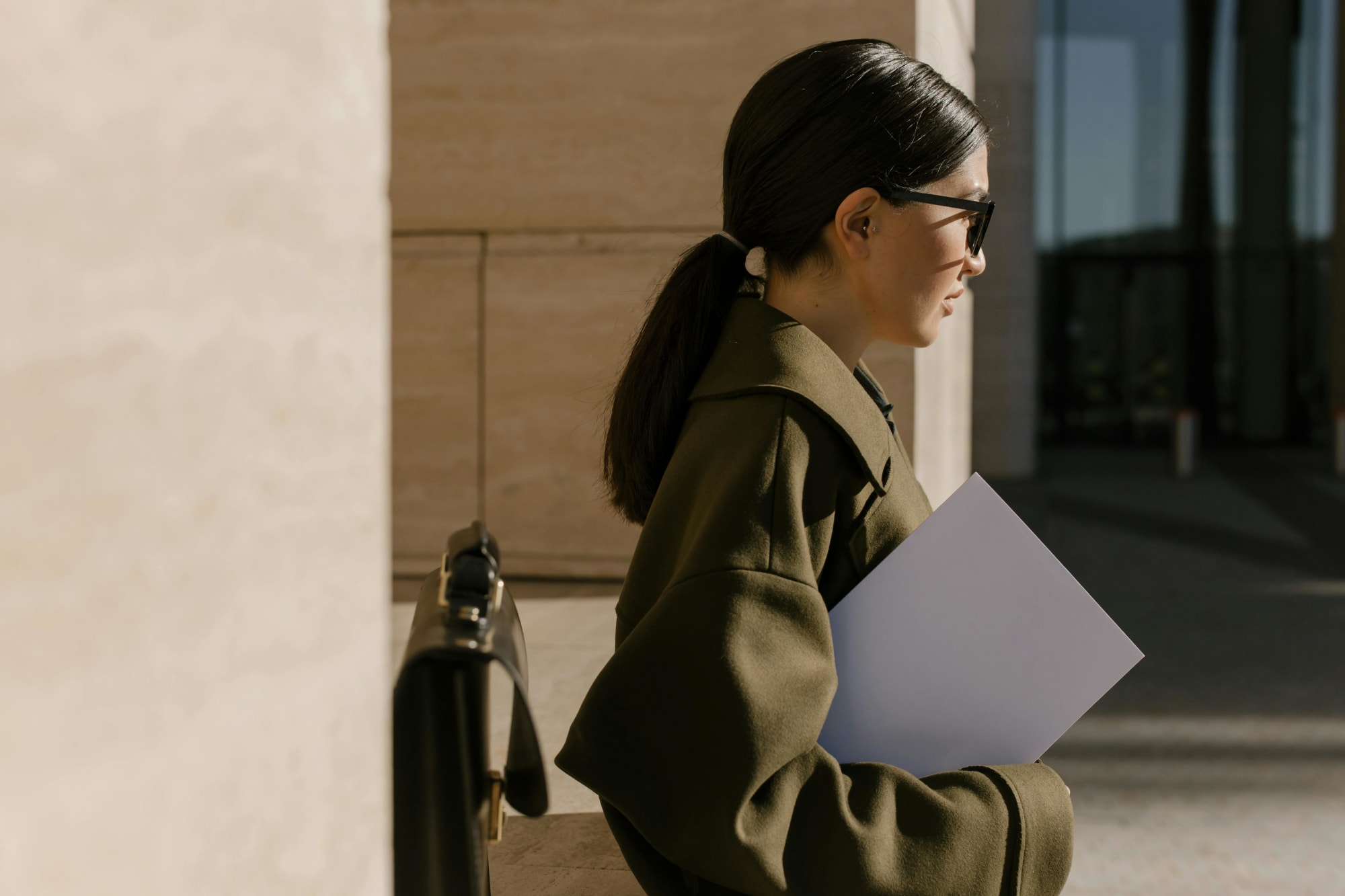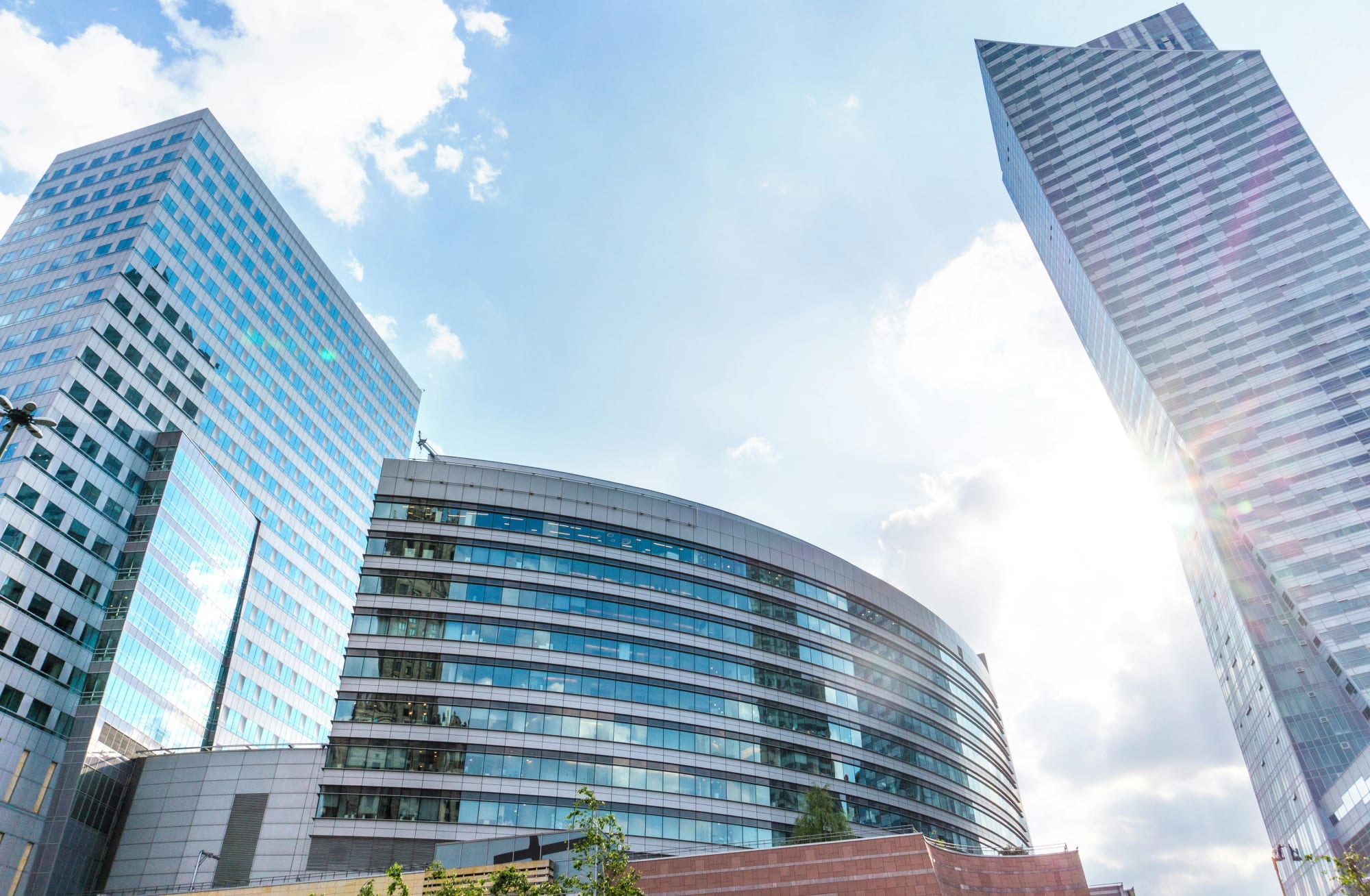ROOT
Vacancy rates spike as borders close
The closing of Australian borders to temporary and permanent migrants has left a hole in Australia’s rental market, with vacancy rates soaring, suggests the latest research.
Vacancy rates spike as borders close
The closing of Australian borders to temporary and permanent migrants has left a hole in Australia’s rental market, with vacancy rates soaring, suggests the latest research.

SQM Research has revealed the national residential rental vacancy rate recorded a large one-month jump from 2.0 per cent in March to 2.6 per cent in April 2020, with the total number of vacancies Australia-wide now at 88,668 vacant residential properties.
According to Propertyology’s head of research, Simon Pressley, the flow-on impacts of border closures will have an impact on short-term accommodation and rental yields but will not translate into falling property prices.
“Population growth is a long way down the list of biggest influences on property prices,” Mr Pressley said.
“2002 to 2005 was the most prosperous era in Australian real estate industry, yet the nation’s population growth rate in those years was among our lowest.

“Given that almost all overseas migrants rent property (as opposed to buy), it’s the rental markets (as opposed to property values) that is likely to be more impacted by the border closures.”
Not surprisingly, Australia’s largest two cities have been hit the hardest from a lack of migration.
Among the largest rises are the capital city CBD locations, particularly for the Sydney CBD where the vacancy rate has blown out to 13.8 per cent — a record high on SQM’s series.
“Sydney is arguably the most volatile rental market in Australia right now. Vacancy rates had already reached a record high late last year. COVID has compounded things. The 28,734 vacant dwellings advertised in Sydney as at end of April 2020 is enough to accommodate an entire city the size of Coffs Harbour,” Mr Pressley noted.
Melbourne and Brisbane CBD locations have also recorded a huge rise in rental vacancies. Melbourne’s Southbank has risen to 13.0 per cent. The CBD itself rose to 7.6 per cent, SQM found.
“Melbourne CBD, Southbank and Clayton have long been a few of the popular pockets for university students, Airbnb and some overseas migrants. COVID has adversely affected this trifecta group. The big spike in vacancy rates from March to April doesn’t surprise us,” Mr Pressley said.
Other holiday locations have also suffered, with Surfers Paradise recording a vacancy rate of 8.5 per cent and Noosa blowing out to 6.8 per cent. Suburban areas have fared better, though rises have been recorded for most localities around the country, SQM’s report concluded.
About the author

About the author


Earn
Peak season powers a nationwide workforce rebound
Australia’s labour market is experiencing a significant resurgence as peak season spending revitalises employment across the nation. The latest November Jobs Report from Employment Hero, a global ...Read more

Earn
From lone wolves to performance systems: how to convert individual drive into repeatable team wins
High-performing individuals are valuable; systems that meaningful scale their behaviours are priceless. Agency leaders say networks can transform ambition into organisational advantage—if the ...Read more

Earn
State Street economist comments on recent Labour Force data, urging RBA caution
In light of the recently released Labour Force data, Krishna Bhimavarapu, an economist at State Street Global Advisors, has provided insights that may influence the Reserve Bank of Australia's (RBA) ...Read more

Earn
Job market booms, but falling hours keep productivity under pressure
Australia's job market is experiencing a significant resurgence, with employment figures showing a robust increase, according to the latest report from Employment Hero. The October Jobs Report, ...Read more

Earn
Rate cut back in play: how a softer labour market could reshape Australian balance sheets by Christmas
With unemployment at a four‑year high and policy makers signalling a controlled easing in labour conditions, markets are again pricing the possibility of an RBA cut before year‑end. Beyond the ...Read more

Earn
New Business Boom: Australia’s Top Ten Suburbs Lead Entrepreneurial Growth
Australia's entrepreneurial landscape is witnessing a remarkable transformation, with the latest data from the Lawpath New Business Index highlighting a significant surge in new business registrations ...Read more

Earn
Unlocking success: How tiny habits can make or break your career trajectory
Career plateaus rarely begin with a market shock; they start with tiny, repeated choices—avoiding change, outsourcing the hard calls, neglecting pipeline hygiene. In a market where distribution, data ...Read more

Earn
Unlock your potential by transforming hidden habits into success
Self-sabotage isn’t a character flaw — it’s an operating model failure. As pressure, complexity and AI-driven change intensify, the cost of avoidable behaviours (avoidance, over-delegation, context ...Read more

Earn
Peak season powers a nationwide workforce rebound
Australia’s labour market is experiencing a significant resurgence as peak season spending revitalises employment across the nation. The latest November Jobs Report from Employment Hero, a global ...Read more

Earn
From lone wolves to performance systems: how to convert individual drive into repeatable team wins
High-performing individuals are valuable; systems that meaningful scale their behaviours are priceless. Agency leaders say networks can transform ambition into organisational advantage—if the ...Read more

Earn
State Street economist comments on recent Labour Force data, urging RBA caution
In light of the recently released Labour Force data, Krishna Bhimavarapu, an economist at State Street Global Advisors, has provided insights that may influence the Reserve Bank of Australia's (RBA) ...Read more

Earn
Job market booms, but falling hours keep productivity under pressure
Australia's job market is experiencing a significant resurgence, with employment figures showing a robust increase, according to the latest report from Employment Hero. The October Jobs Report, ...Read more

Earn
Rate cut back in play: how a softer labour market could reshape Australian balance sheets by Christmas
With unemployment at a four‑year high and policy makers signalling a controlled easing in labour conditions, markets are again pricing the possibility of an RBA cut before year‑end. Beyond the ...Read more

Earn
New Business Boom: Australia’s Top Ten Suburbs Lead Entrepreneurial Growth
Australia's entrepreneurial landscape is witnessing a remarkable transformation, with the latest data from the Lawpath New Business Index highlighting a significant surge in new business registrations ...Read more

Earn
Unlocking success: How tiny habits can make or break your career trajectory
Career plateaus rarely begin with a market shock; they start with tiny, repeated choices—avoiding change, outsourcing the hard calls, neglecting pipeline hygiene. In a market where distribution, data ...Read more

Earn
Unlock your potential by transforming hidden habits into success
Self-sabotage isn’t a character flaw — it’s an operating model failure. As pressure, complexity and AI-driven change intensify, the cost of avoidable behaviours (avoidance, over-delegation, context ...Read more








